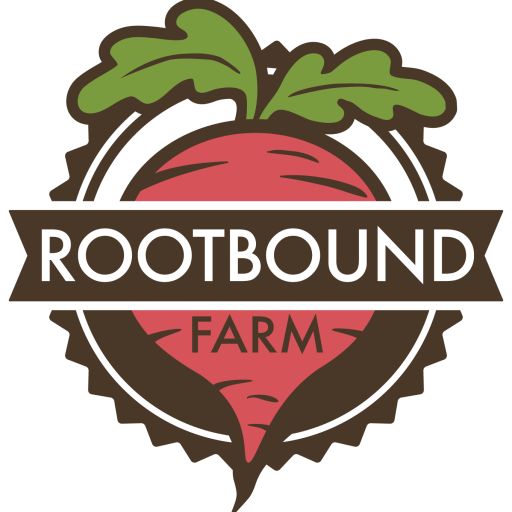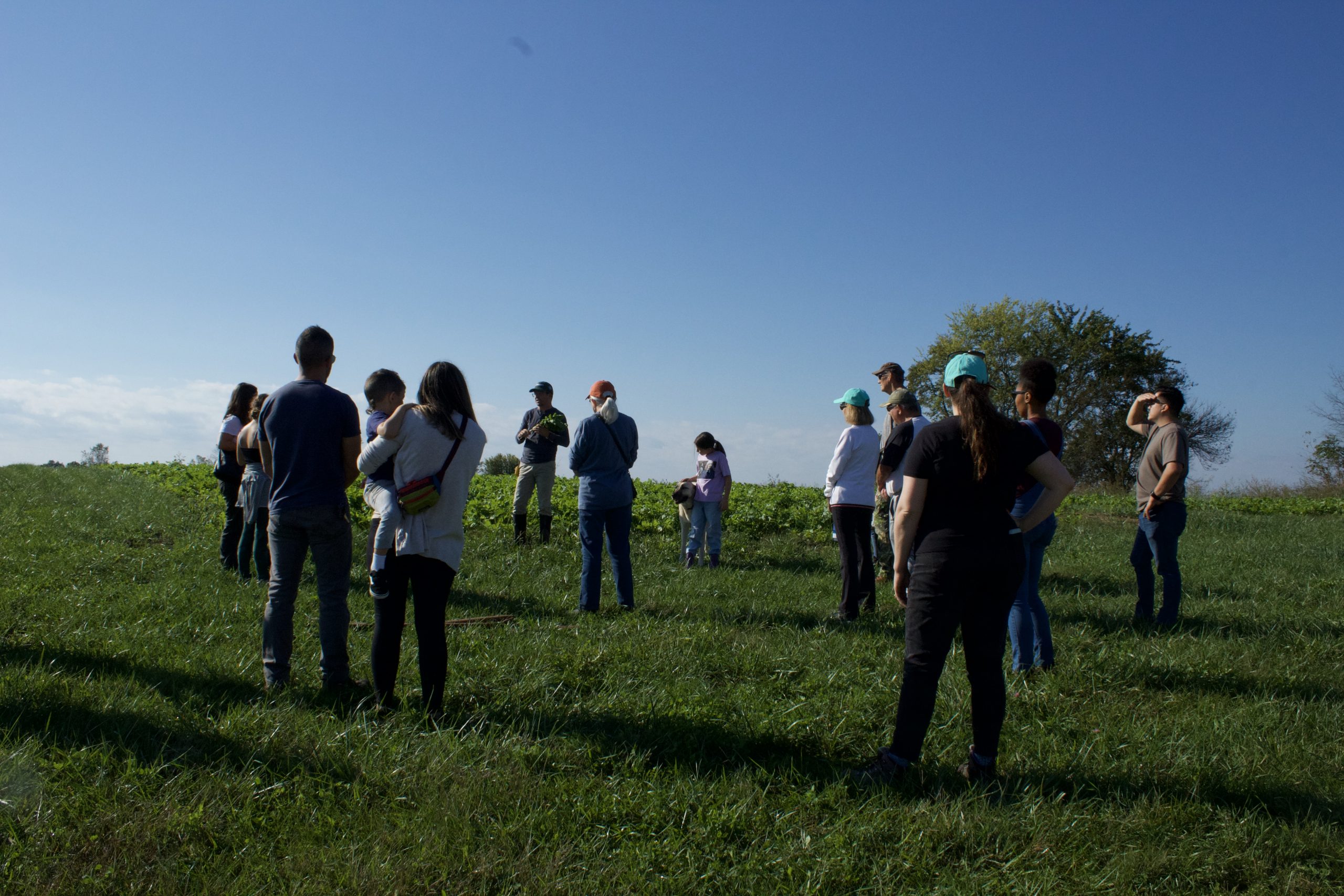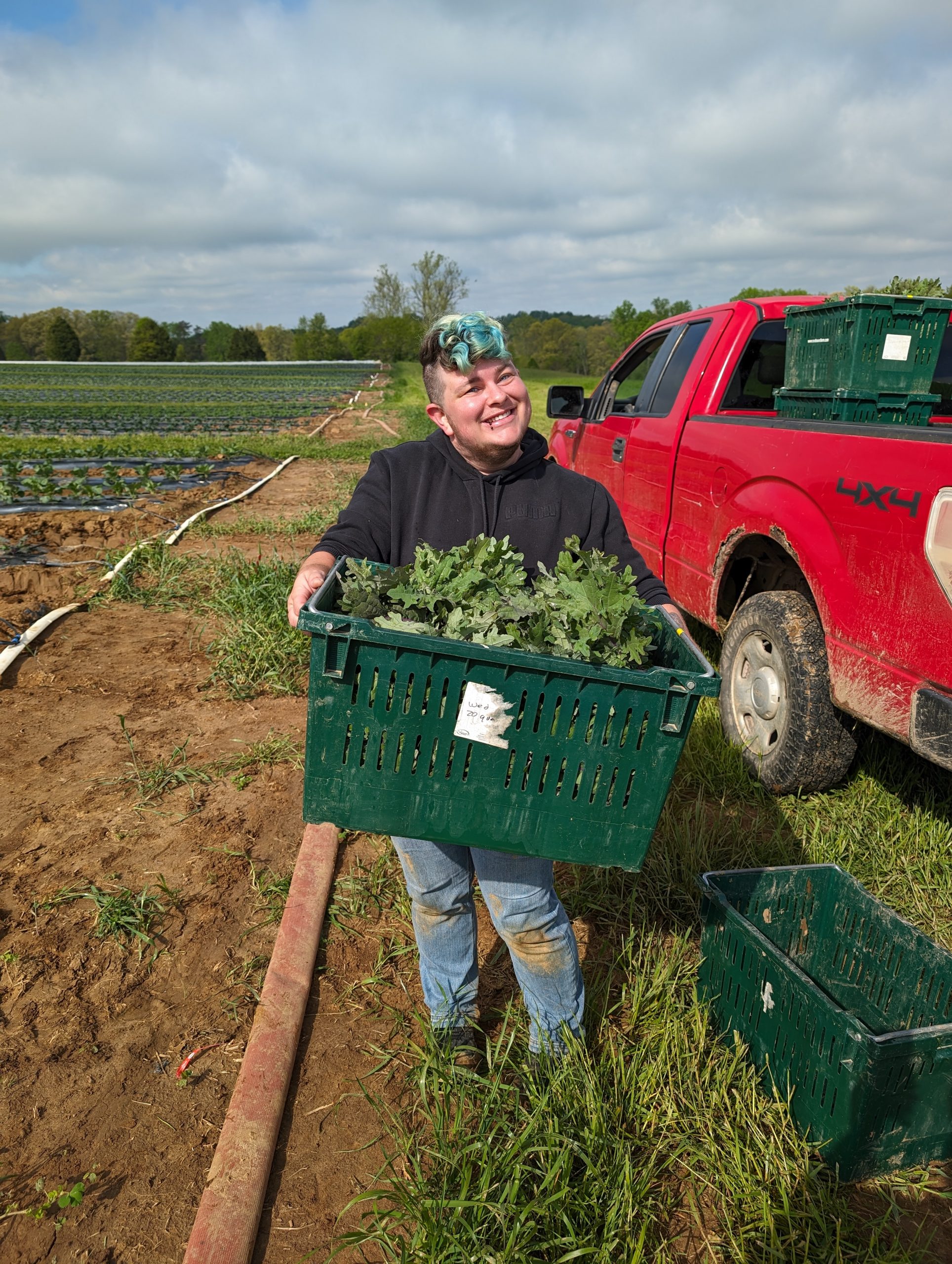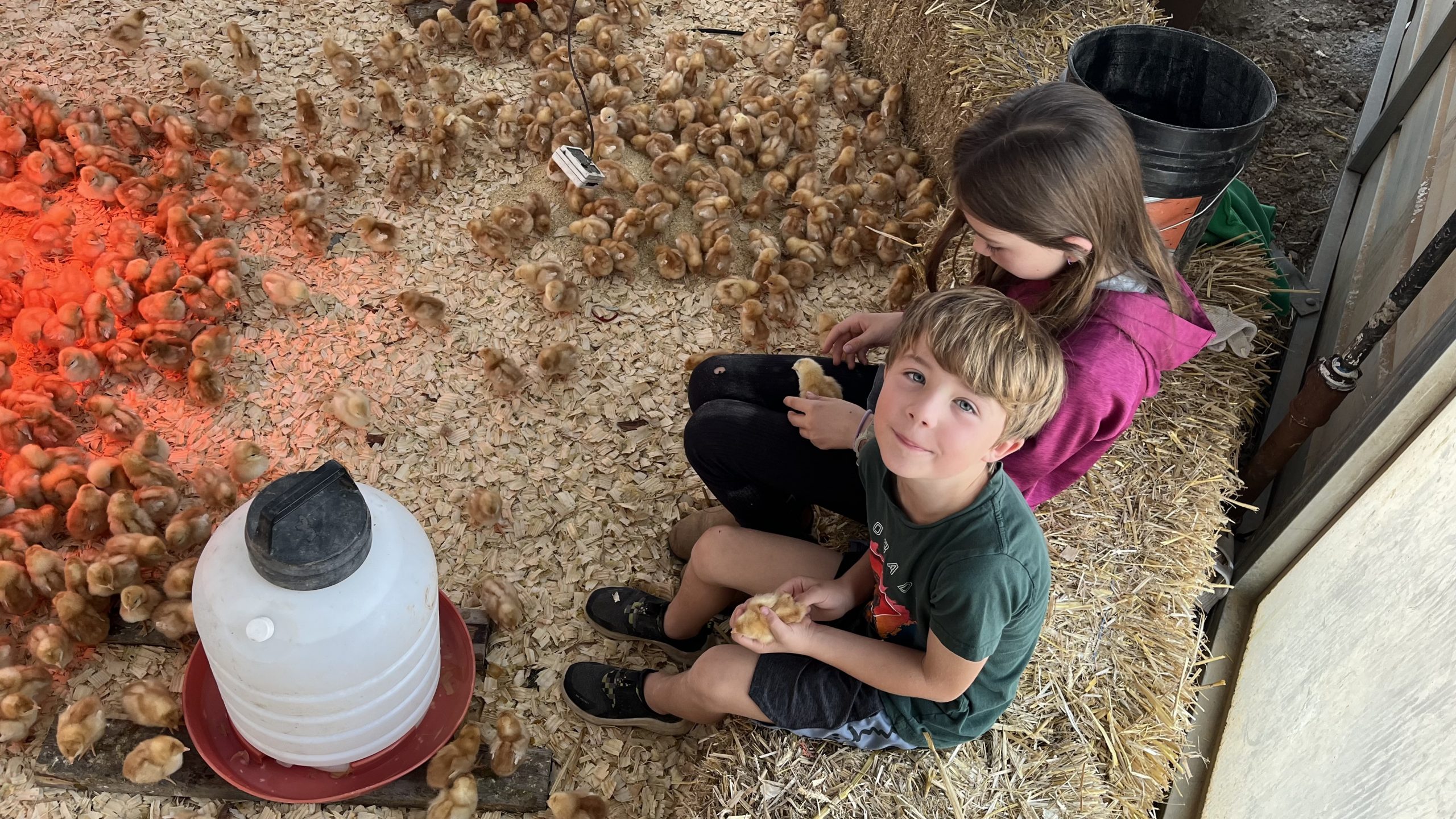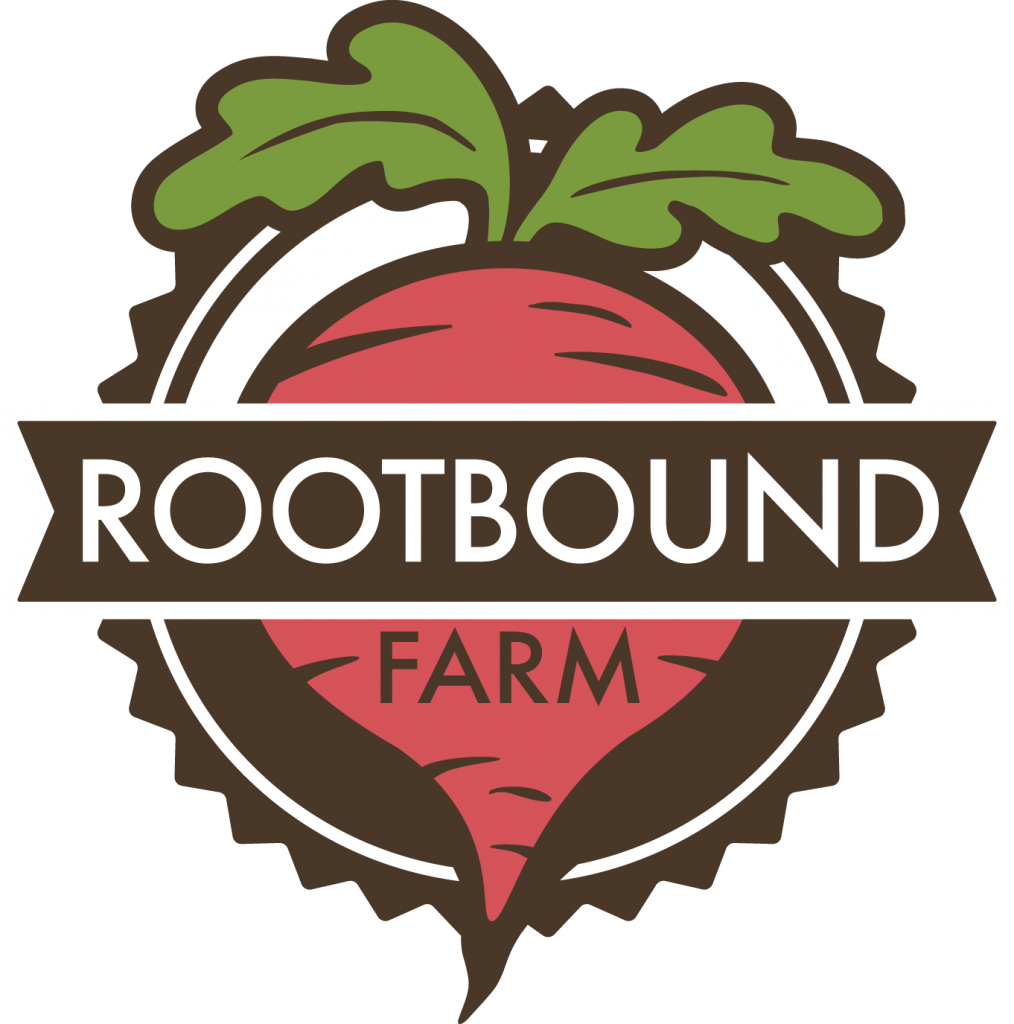We are well into fall, and now is a better time than any to express what we owe to indigenous growing practices. Blending the traditional and modern allows us to successfully operate a CSA program. While we still use a potato digger to harvest tasty tubers, the farmers hand-weed the fields to keep the produce going all year. Across two editions of the Rootbound Recap, we are going to look at three agricultural practices, explain what they are, how they are represented across indigenous communities, and how we implement those practices here at Rootbound Farm to build a more sustainable growing system.
What is Indigineity?
What does the word mean to a person that is of indigenous origin? Georgina Stewart, a Professor of Māori Philosophy at the University of Auckland, says that the word “refers to the notion of a place-based human ethnic culture that has not migrated from its homeland, and is not a settler or colonial population. To be indigenous is therefore by definition different from being of a world culture, such as the Western or Euro-American culture.” This definition helps us understand that there are indigenous people all over the world, and that responsible land stewards have always existed and persisted under the oppressive forces that contribute to dangerous environmental conditions.
Large Scale Agricultural Practices vs. Small Scale, Relationship to Indigenous Growing Practices
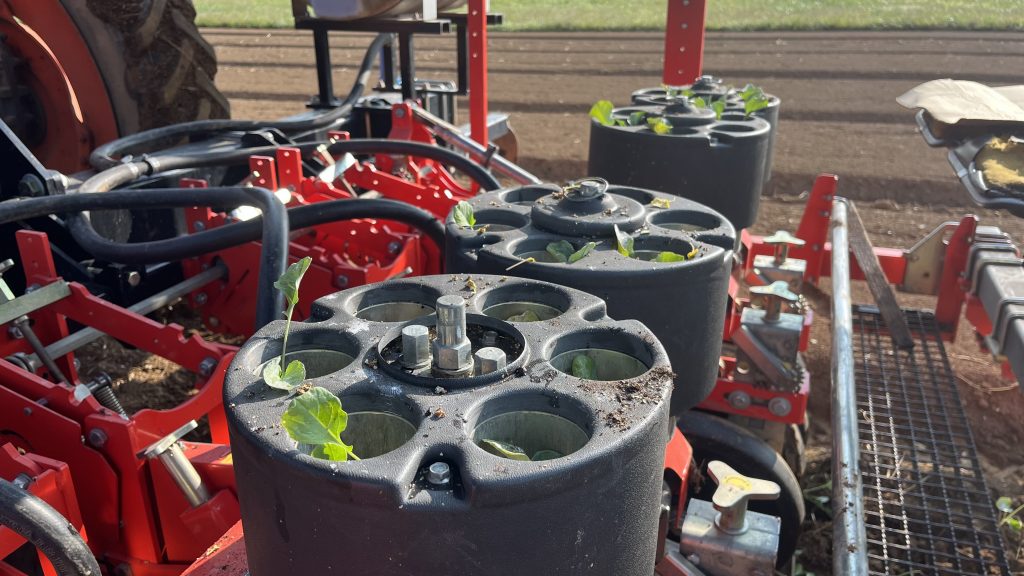
Through a large-scale agribusiness lens, practices like spraying pesticides, monoculture, and overcrowding livestock are normalized within capitalist market pressures of “efficiency” and “profitability.” These methods contaminate natural waterways, deplete soil health, and release more carbon into the air, exacerbating the harsh living conditions for humans, animals, and all life around the globe. These practices completely neglect the environment and destroy our relationship with the land, costing future generations their livelihood.
However, small-scale methods are still seen in use at larger farms. You may have heard about intercropping, crop rotation, and cover cropping, but did you know that these are originally indigenous practices? These are all ways we improve soil health to build a sustainable agricultural system. For today, let’s focus on intercropping!
What is Intercropping?
To begin, intercropping is an umbrella term used to describe “the practice of growing two or more crops in close proximity: in the same row or bed, or in rows or strips that are close enough for biological interaction.” If you’ve ever had a home garden and planted tomatoes, peppers, and herbs together, you’ve successfully intercropped! When farmers plant different crops in close proximity, they harness the benefits and drawbacks of each variety to create a successful growing system.
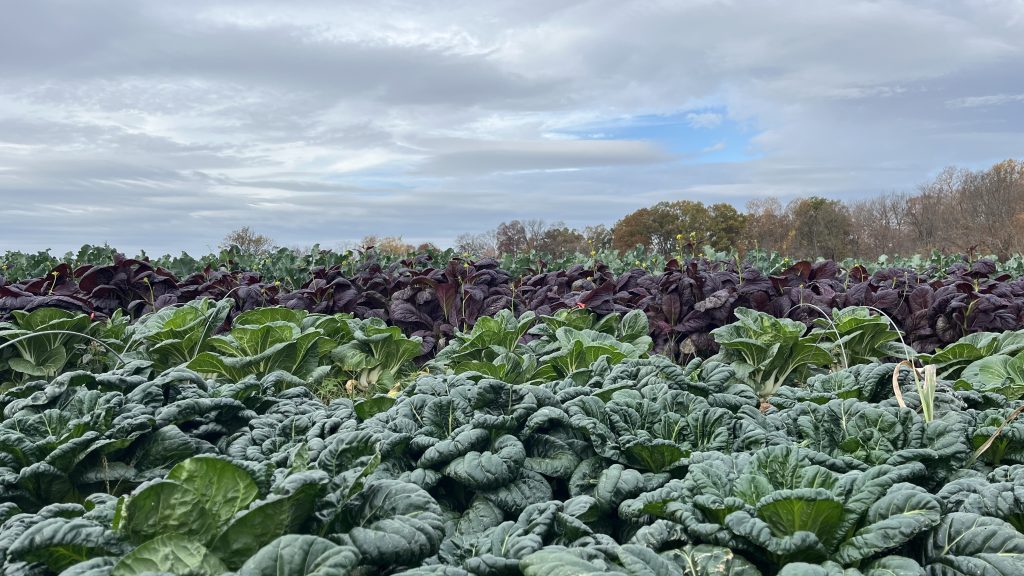
In the fields, beds of bok choy, tatsoi, red mustard, and broccolini grow in beds next to each other.
What are Indigenous Examples of Intercropping?
In the West, the most famous indigenous intercropping example is the Three Sisters. The Haudenosaunee (Iroquois) use this term to describe intercropping beans, corn, and squash. Growing these plants close together helps each other grow, as the corn supports the climbing bean vines, the beans fix nitrogen into the soil for the squash and corn, and the squash provides ground cover for the beans and corn, saving moisture and suppresses weeds.
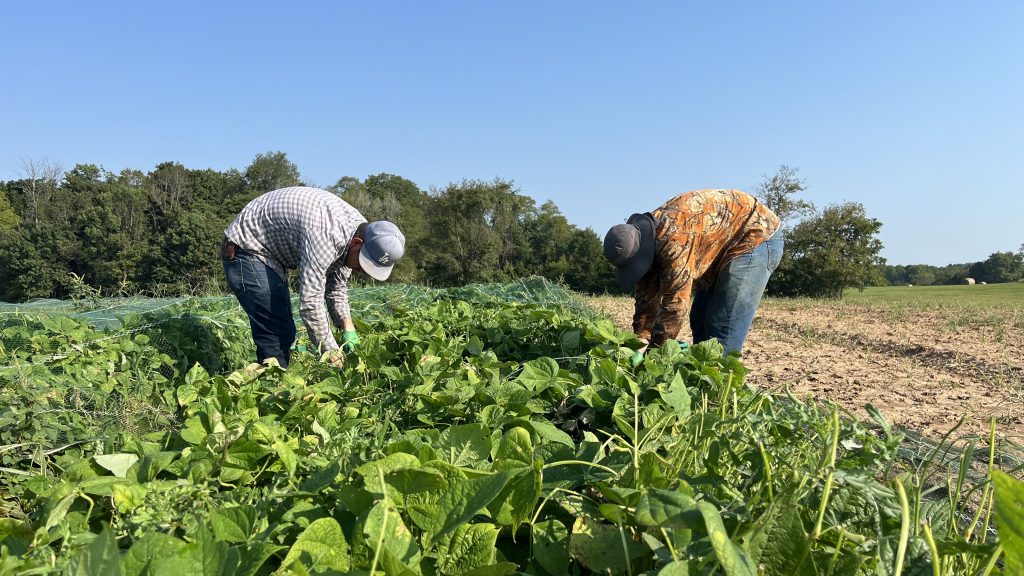
Alberto and Duilio harvesting green beans.
In a study about Himalayan Subsistance Systems, indigenous farmers in Nepal use intercropping for multiple reasons. Intercropping multiple varieties of crops allows for the agricultural system to serve the diet of the kin group, minimize the risk of crop failure, and increase the variety through opportunities for experimentation. Farmers in the Pokhara region found which strain of fortuitous rice grows best by planting multiple varieties in the same field. Intercropping can have a multitude of benefits that serve the farmer, the community, and the soil.
Intercropping at Rootbound
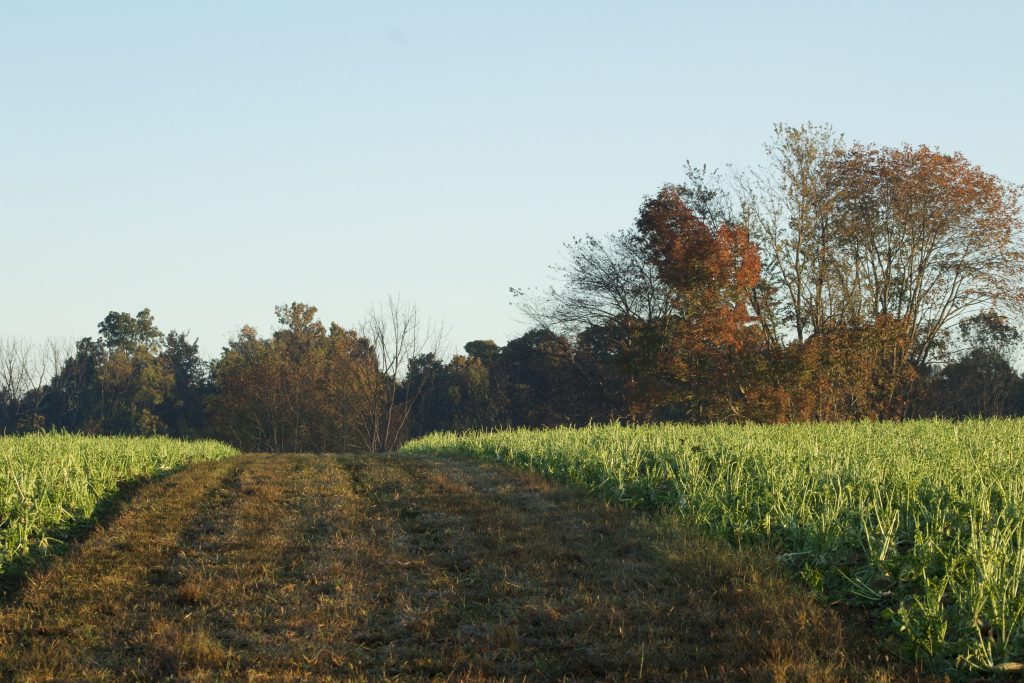
Our most common use of intercropping at Rootbound Farm is with our cover crop mixes. After we harvest our vegetable crops we will plant a diverse mix of cover crops to protect the soil, restore and build fertility, and stimulate our soil microbiome. By mixing several different species of plants with distinct attributes we’re able to work to improve our soil on multiple levels. An example is our current mix of oats, peas, tillage radishes. The oats help build the soil by increasing organic matter, the peas fix nitrogen which is essential for plant growth, and the tillage radishes break up the subsoil, reduce compaction and help cycle micronutrients from deeper soil layers back to the tillage zone.
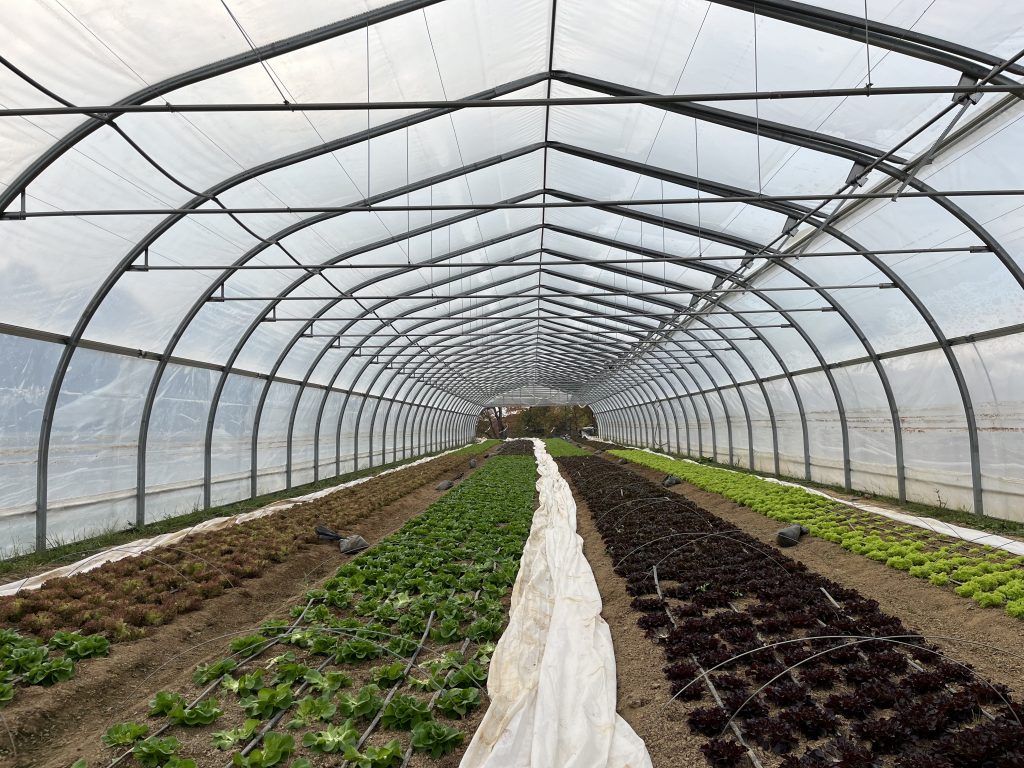
We also intercrop in our high tunnels where we seek to maximize the use of our space for late fall and winter growing. We plant our green onions planted alongside our lettuce for this fall. The onions grow straight up so they don’t compete with the lettuce for sunlight and we’re able to plant them in the space between lettuce plants.
Indigenous growing principles are utilized on farms not only for personal success, but also for the future of the soil. At Rootbound, our responsible land stewardship honors the traditions and respects the future generations that will come to live alongside the farm and its ecosystem. In our next installment, we will learn how cover cropping and crop rotation relates to indigenous land stewardship and their roles at the farm.
Native Land Map

A quick search helps us learn more about the original stewards of the land on which we live.
Recipes
Savoy Cabbage
| Stuffed Cabbage Rolls – Serious Eats |
| Spicy Chicken and Cabbage Soup – Ottolenghi |
| Herby Cabbage in Parmesan Broth – Justine Doiron |
| Fall Apart Caramelized Cabbage – Andy Baraghani |
Basics: Cook Tatsoi and Bok Choy
| Universal Chinese Greens (Stir Frying) – Diversivore |
| Universal Chinese Greens (Braising) – Diversivore |
| Universal Chinese Greens (Blanching and Dressing) – Diversivore |
Kabocha Squash
Mustard Greens Grilled Cheese

